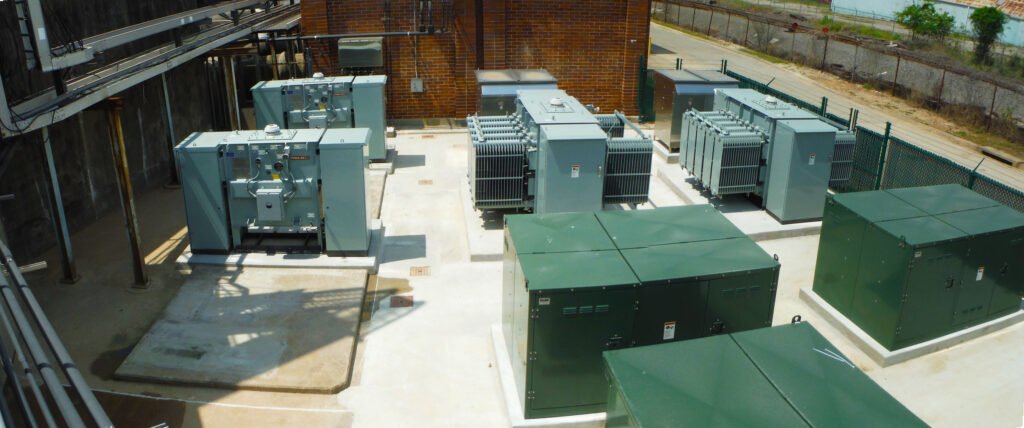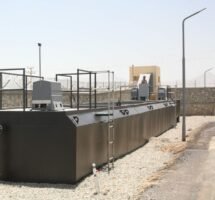69th Street Wastewater Treatment Plant

The 69th Street Wastewater Treatment Plant is one of the largest and most efficient wastewater treatment facilities in the United States. Located in Brooklyn, New York, the plant is responsible for treating millions of gallons of wastewater each day, ensuring that it is safe to be released back into the environment. In this article, we will explore the history of the plant, its operational processes, and its impact on the surrounding community.
History of the 69th Street Wastewater Treatment Plant
The 69th Street Wastewater Treatment Plant was built in the early 20th century to address the growing problem of pollution in Brooklyn’s waterways. At the time, raw sewage was being discharged directly into the East River, posing a significant threat to public health and the environment. The construction of the plant was a major milestone in the city’s efforts to improve water quality and protect its natural resources.
Over the years, the plant has undergone several upgrades and expansions to keep pace with the city’s growing population and changing environmental regulations. Today, the 69th Street Wastewater Treatment Plant is a state-of-the-art facility that utilizes advanced technology to remove pollutants from the wastewater and protect the health of local residents and wildlife.
Operational Processes at the Plant
The 69th Street Wastewater Treatment Plant employs a series of processes to treat the wastewater that flows into the facility each day. The first step in the treatment process is screening, where large objects and debris are removed from the wastewater to prevent damage to the equipment further downstream. Next, the wastewater undergoes primary treatment, where solids are settled out and removed from the water.
After primary treatment, the wastewater enters the secondary treatment stage, where bacteria and other microorganisms are used to break down organic matter in the water. This process helps to further purify the water and remove harmful pollutants. Finally, the treated water is disinfected with chlorine or ultraviolet light before being discharged back into the environment.
The plant also generates biosolids, which are the solid materials that are removed during the treatment process. These biosolids are treated and processed at the plant to create a nutrient-rich product that can be used as fertilizer or disposed of in a safe and environmentally-friendly manner.
Impact on the Community
The 69th Street Wastewater Treatment Plant plays a vital role in protecting public health and the environment in Brooklyn and the surrounding areas. By treating wastewater before it is discharged into local waterways, the plant helps to prevent pollution and ensure that the water remains safe for drinking, swimming, and fishing.
Additionally, the plant’s operations create job opportunities for local residents and contribute to the economic growth of the community. The plant employs a skilled workforce of engineers, technicians, and support staff who work diligently to ensure that the facility operates efficiently and in compliance with all regulatory requirements.
Furthermore, the plant is committed to being a good neighbor in the community. It has implemented various outreach programs to educate residents about the importance of wastewater treatment and encourage water conservation. The plant also participates in local environmental initiatives and collaborates with community organizations to promote sustainability and environmental stewardship.
In conclusion, the 69th Street Wastewater Treatment Plant is a critical infrastructure asset that plays a key role in protecting public health and the environment in Brooklyn. Through its advanced treatment processes and commitment to sustainability, the plant helps to ensure that the waterways remain clean and safe for future generations to enjoy. It is a true testament to the city’s dedication to environmental protection and responsible stewardship of its natural resources.
Sources:
1. New York City Department of Environmental Protection – 69th Street Wastewater Treatment Plant
https://www1.nyc.gov/site/dep/about/69th-street-wastewater-treatment-plant.page
2. Water Environment Federation – Wastewater Treatment Plant Operations
https://www.wef.org/abc/wastewater-treatment-plant-operations/
3. Environmental Protection Agency – Biosolids Management
https://www.epa.gov/biosolids/biosolids-management

